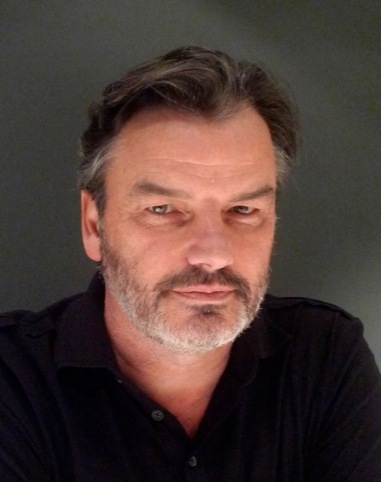H&M & Other Stories
Last month saw the opening of & Other Stories on Regent Street, London’s prime retail location. The store is confident, individual, distinctive, busy and, most significantly, owned and operated by H&M. & Other Stories is the latest in a series of openings that has established the H&M group as a manager of many brands, rather than a mono-brand.

Following fellow retail brand-owners Arcadia and Inditex, H&M has stretched its operation and used its expertise in the purchase and development of a very intriguing portfolio. Unlike the well-established names in the Arcadia and Inditex stables, H&M’s portfolio is full of promise, potential and personality.
The H&M brand provides a platform for the other brands to take risks; there seems to be an understanding that it takes time to develop a brand, build a customer base and make a connection between the offer, the fit and the end user. The success of H&M buys the new brands that time.
COS sits at the top of the pyramid with its (relatively) premium Scandinavian minimalism. It offers a style that is rarified and narrow, but is gaining momentum every year. It is standing firm to its ideals and deserves to succeed in that fairly limited market.
& Other Stories sits just below COS with an eclectic mix of products that almost defy categorisation. A European competitor comparable with Anthropologie or Free People, it has potential to grow organically and shift its offer with demand. It’s a supremely smart and flexible brand.
Monki gives H&M a quirky eccentric sister, a unique brand that has the potential to become high-volume mainstream without compromising the bold concept. It is easy to imagine a Monki flagship four times the size of its current standard. The brand is not short of ideas.

Cheap Monday is the urban gritty rebellious teenager that has a life outside of the own-brand stores as a concession in other retailers – an interesting proposition in itself. Learning from that experience alone is valuable.
Weekday sells its own brands (including Cheap Monday) but also commissions design collaborations with independent fashion labels. Encouraging a new generation of designers to get on board.
These six fascias are not the end of the H&M story. Sub-brands, guest brands, brand collaborations and range extensions all show the creativity and flair that flourishes in Stockholm. All the fascias may not all be delivering 100% today, but with the backing and patience of the mother brand they should flourish. The promise and the potential is massive and truly global.
Arcadia has a world-renowned flagship brand in Topshop, Inditex has a benchmark brand in Zara, but the secondary brands in each of these groups are just that: secondary. Mono-brand successes from our own portfolio could well learn from the H&M model, It’s an interesting development strategy. Time will tell if H&M can exploit its brave ambition, but it looks good today… vibrant, relevant and full of promise. You could easily imagine all of these brands in every one of the ten most important cities in the world and that is rare.
-
Post a comment




